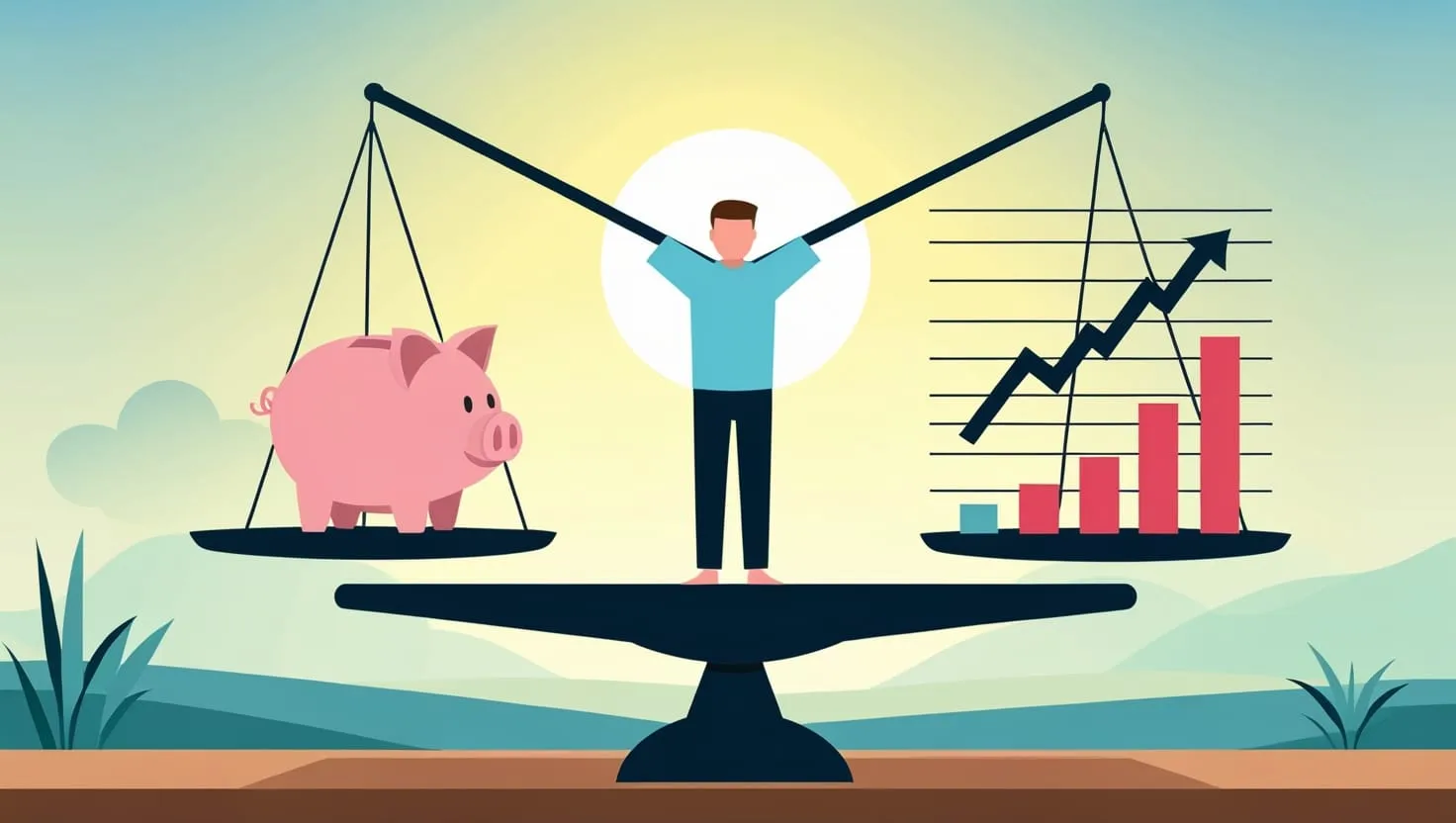Motivation is a complex force that drives human behavior, shaping our actions and decisions in both personal and professional spheres. As we delve into the intricacies of what truly motivates us, we find ourselves questioning the traditional carrot-and-stick approach that has long dominated our understanding of human motivation.
Daniel Pink’s groundbreaking work, “Drive,” challenges these conventional notions and presents a fresh perspective on what truly inspires us to perform at our best. His insights, backed by decades of scientific research, offer a paradigm shift in how we approach motivation in the workplace and beyond.
At the heart of Pink’s theory lie four key principles that form the foundation of sustainable motivation: autonomy, mastery, purpose, and the interplay between intrinsic and extrinsic motivators. These principles, when applied thoughtfully, have the power to transform our work environments and personal lives, fostering a sense of engagement and fulfillment that goes beyond mere compliance or temporary bursts of productivity.
Let’s begin with autonomy, the first pillar of Pink’s motivation framework. Autonomy speaks to our innate desire for self-direction and control over our lives and work. It’s about having the freedom to choose how we approach tasks, when we tackle them, and even who we collaborate with. This sense of agency is crucial for fostering creativity and engagement.
Consider this: Have you ever felt a surge of motivation when given the freedom to tackle a project in your own way? That’s autonomy at work.
In practice, autonomy might look like flexible work hours, the ability to choose projects that align with one’s interests, or even the freedom to design one’s workspace. By granting autonomy, leaders empower their team members to take ownership of their work, leading to increased innovation and job satisfaction.
As the renowned psychologist Carl Rogers once said, “The only person who is educated is the one who has learned how to learn and change.” This quote beautifully encapsulates the essence of our second principle: mastery.
Mastery is about the joy of getting better at something that matters to us. It’s the satisfaction we feel when we see tangible progress in our skills and abilities. This principle taps into our intrinsic desire for growth and improvement, driving us to push our boundaries and strive for excellence.
How often do you find yourself lost in a task, completely absorbed in the process of learning and improving? That’s the power of mastery at play.
To foster mastery, organizations can provide opportunities for continuous learning, offer constructive feedback, and create an environment where mistakes are seen as stepping stones to improvement rather than failures to be punished.
Purpose, our third principle, is the bridge that connects our daily tasks to something larger than ourselves. It’s about understanding the ‘why’ behind our actions and feeling that our work contributes to a greater good.
Viktor Frankl, the renowned psychiatrist and Holocaust survivor, once wrote, “Those who have a ‘why’ to live, can bear with almost any ‘how’.” This profound statement underscores the power of purpose in driving motivation and resilience.
In the workplace, purpose can be cultivated by clearly communicating the organization’s mission and showing employees how their individual contributions align with these broader goals. It’s about creating a narrative that goes beyond profit margins and delves into the impact of one’s work on society or the industry at large.
Have you ever reflected on how your work contributes to a larger purpose? How does this awareness affect your motivation and engagement?
The fourth principle in Pink’s framework addresses the interplay between intrinsic and extrinsic motivation. While traditional management practices have heavily relied on extrinsic motivators like bonuses and promotions, Pink argues that for complex, creative tasks, intrinsic motivation is far more powerful and sustainable.
Intrinsic motivation comes from within – it’s the satisfaction we derive from the task itself, rather than from external rewards or punishments. This doesn’t mean that extrinsic motivators are entirely ineffective, but rather that they have limitations, especially when it comes to tasks that require cognitive flexibility, creative thinking, and long-term commitment.
As we navigate this shift from extrinsic to intrinsic motivation, it’s crucial to reassess our reward systems and management practices. Are we inadvertently stifling creativity and engagement by over-relying on external incentives?
Implementing these principles requires a thoughtful approach and a willingness to challenge established norms. For leaders, it might mean relinquishing some control and trusting their team members to make decisions. For individuals, it could involve seeking out opportunities that align with their values and allow for personal growth.
One effective strategy is to create skill development plans that align with both organizational needs and individual interests. This approach not only fosters mastery but also demonstrates a commitment to employee growth, enhancing both motivation and loyalty.
Another powerful technique is to regularly connect daily tasks to larger organizational goals. This practice helps employees see the bigger picture and understand how their work contributes to the company’s mission, thereby reinforcing their sense of purpose.
It’s also crucial to recognize and celebrate progress, not just end results. By acknowledging the journey towards mastery, we reinforce the intrinsic rewards of learning and improvement.
As we embrace these principles, we must also be mindful of the potential challenges. Autonomy, for instance, requires a delicate balance – too little can lead to disengagement, while too much might result in a lack of direction. Similarly, the pursuit of mastery needs to be balanced with realistic expectations to avoid burnout.
The shift towards intrinsic motivation also requires patience. Unlike extrinsic rewards, which can produce quick but often short-lived results, building intrinsic motivation is a gradual process that yields more sustainable outcomes.
As we conclude, it’s worth reflecting on how these principles might apply to our own lives and work environments. Are we creating spaces that foster autonomy, mastery, and purpose? Are we balancing extrinsic rewards with opportunities for intrinsic motivation?
By embracing these motivation principles, we open the door to a more engaged, fulfilled, and productive workforce. We create environments where people don’t just work for a paycheck, but for the satisfaction of contributing to something meaningful, of growing and improving, and of having agency over their professional lives.
In the end, motivation is not about manipulating behavior through rewards and punishments. It’s about creating conditions where people can tap into their innate desires to learn, to contribute, and to excel. As leaders, colleagues, and individuals, we have the power to shape these conditions and unleash the full potential of human motivation.






